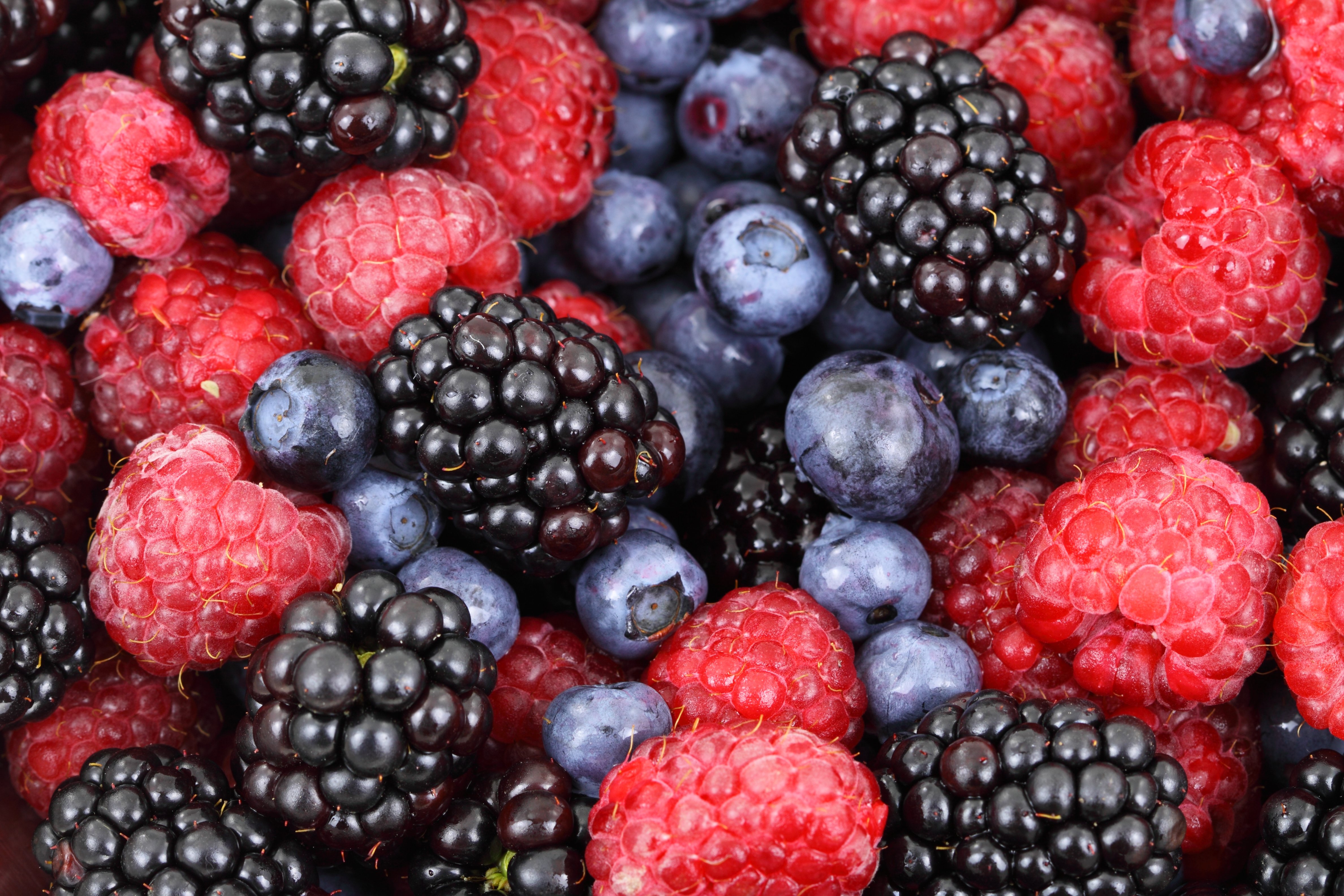IUFRO Spotlight #38 – Climate Change and Invasive Alien Species Worsen Outlook for Forest Health
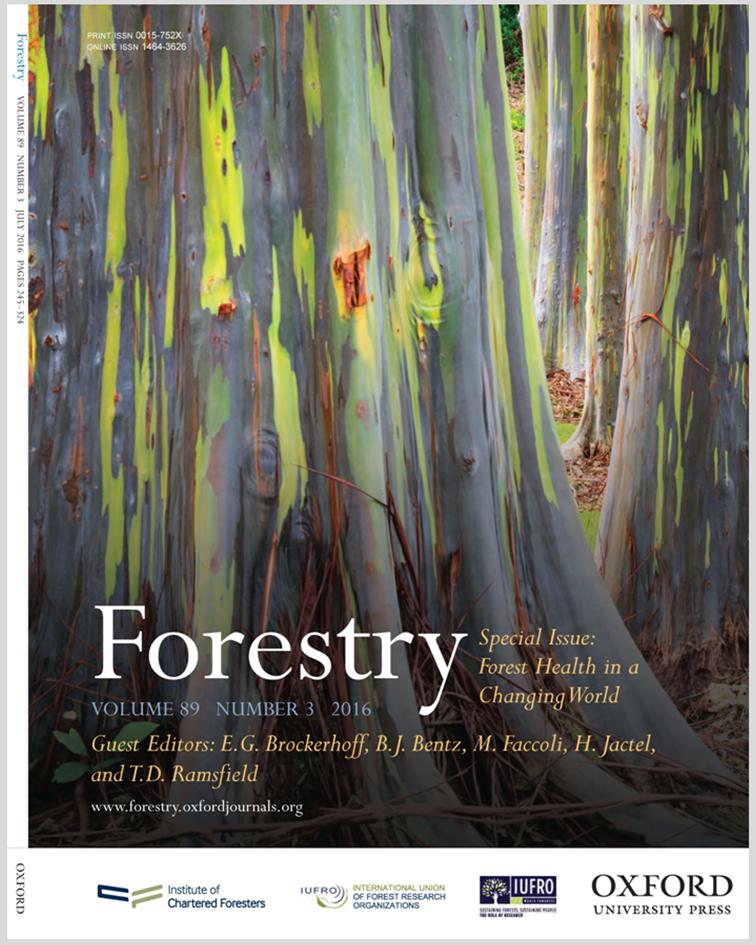
As global trade has expanded, there has also been an accompanying increase in invasions of insects and pathogens into areas where they never before existed.
In many cases these invasions have caused significant forest damage, negative economic impacts and loss of forest ecosystem services.
Meanwhile, climate change is affecting the geographic distribution of host trees and their associated insects and pathogens. Increased pest impacts – both native and alien – can be expected.
Congress Spotlight #28: American Indian forestry: blending science and tradition
American Indian forestry: blending science and tradition
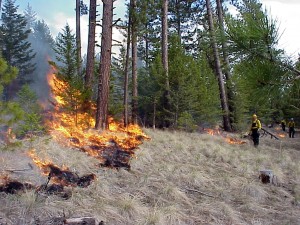
Prescribed fire used by the Tribes for centuries (Flathead Indian Reservation managed by the Confederated Tribes of the Salish and Kootenai Tribes). Photo by IFMAT-III
For thousands of years, American Indians have been managing the forests in which they live.
Today, with trained professionals who are tribal members, their forests are managed with modern tools and methods; include manufacturing facilities and address global forest issues such as climate change, forest certification, carbon sequestration and a changing work force.
Congress Spotlight #26: To manage forests sustainably – think synergy
To manage forests sustainably – think synergy
 A comprehensive study of the conditions that assist sustainable forest development will be published at the upcoming IUFRO World Congress this fall in Salt Lake City, USA.
A comprehensive study of the conditions that assist sustainable forest development will be published at the upcoming IUFRO World Congress this fall in Salt Lake City, USA.
The title of the publication, produced by the IUFRO Special Project on World Forests, Society and Environment (IUFRO-WFSE), is Forests Under Pressure – Local Responses to Global Issues.
Congress Spotlight #24 – Got a question? Biomass may be the answer
Got a question? Biomass may be the answer
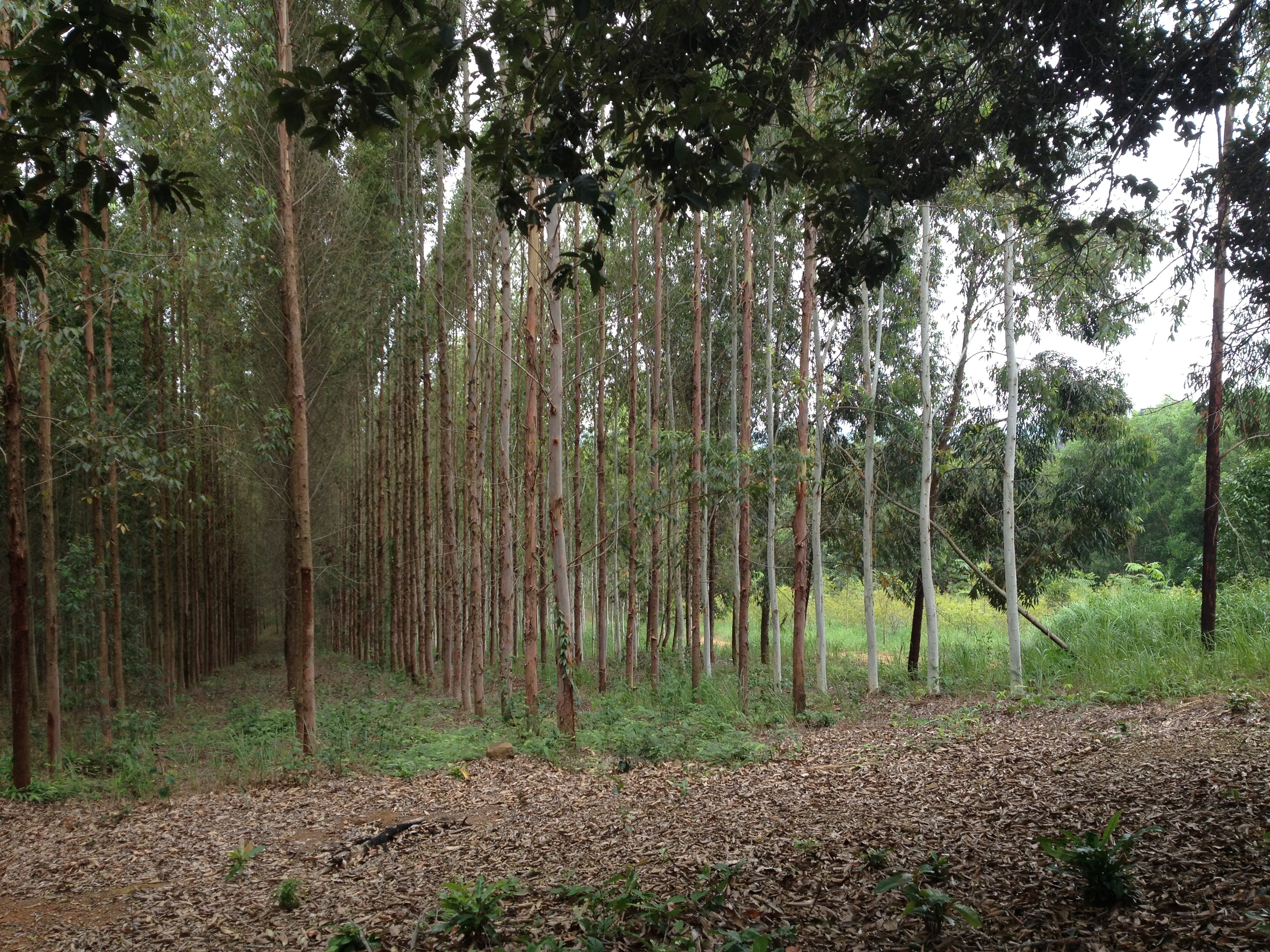
By selecting proper species and breeding experiments as well as genetic modifications as done here in Thailand, fast growing species plantations are capable of producing enormous amounts of biomass within short periods of time. The challenge is, however, to sustain soil fertility, biodiversity and other ecosystem services such as clean water. (Photo by Viktor Bruckman)
It’s just possible that sustainable biomass could be, if not a panacea for the world’s energy challenges, then perhaps the next best thing.
And not only the energy sector would benefit. The reasons for the sustainable use of biomass are many and good, says Dr Viktor Bruckman of the Commission for Interdisciplinary Ecological Studies at the Austrian Academy of Sciences.
In addition to the energy aspect, he adds that biomass offers a range of possibilities as a valuable feedstock for industrial processes. Chemical compounds in biomass can be separated and rearranged to produce everything from composites for use in the automobile industry, to fibres to pesticide ingredients, among others.
Congress Spotlight #22 – Green cities: The benefits of the urban forest
Green cities: The benefits of the urban forest
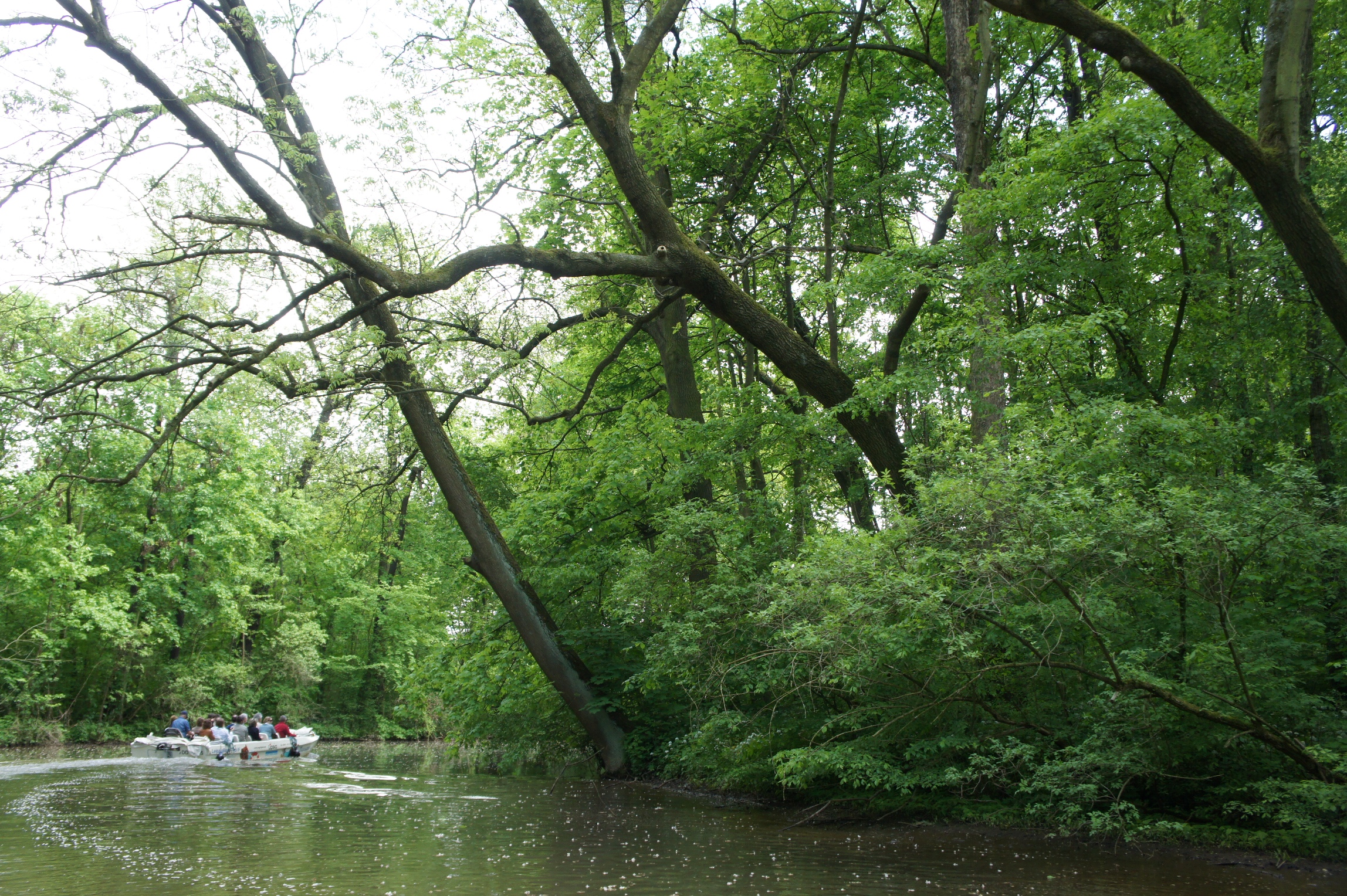
Experiencing the floodplain forests of the city of Leipzig, Germany, from the river (photo by Matilda Annerstedt)
The urban forest means different things to different people.
Many of us see only visually pleasing tree-lined streets, or enjoy the coolness afforded by shade trees on hot days.
Those more closely involved with the urban forest see that – and much, much more.
They also see the urban forest in terms of the ecosystem services and values derived from it – reduced energy use of buildings, improved air quality, stream flows, water quality, urban wildlife, human health, climate change (in terms of both mitigation and species composition) and other benefits that are environmental, social and economic.
Congress Spotlight #21 – The forest pharmacy and food store
The forest pharmacy and food store
Sometimes, they say, you can’t see the forest for the trees.
And one group of sub-plenary session organizers for the upcoming IUFRO World Congress in Salt Lake City might amend that to read: “Sometimes you can’t see the forest for anything but the timber value in the trees.”
The organizers – Hannu Raitio and Tuija Sievänen of the Finnish Forest Research Institute; James Chamberlain of the U.S. Forest Service; and Carsten Smith-Hall of Denmark’s University of Copenhagen, will present a session entitled: The value and challenges of integrating food and medicinal forest products into forest management.
Congress Spotlight #20 – The climate’s changing: So should forest management
The climate’s changing: So should forest management
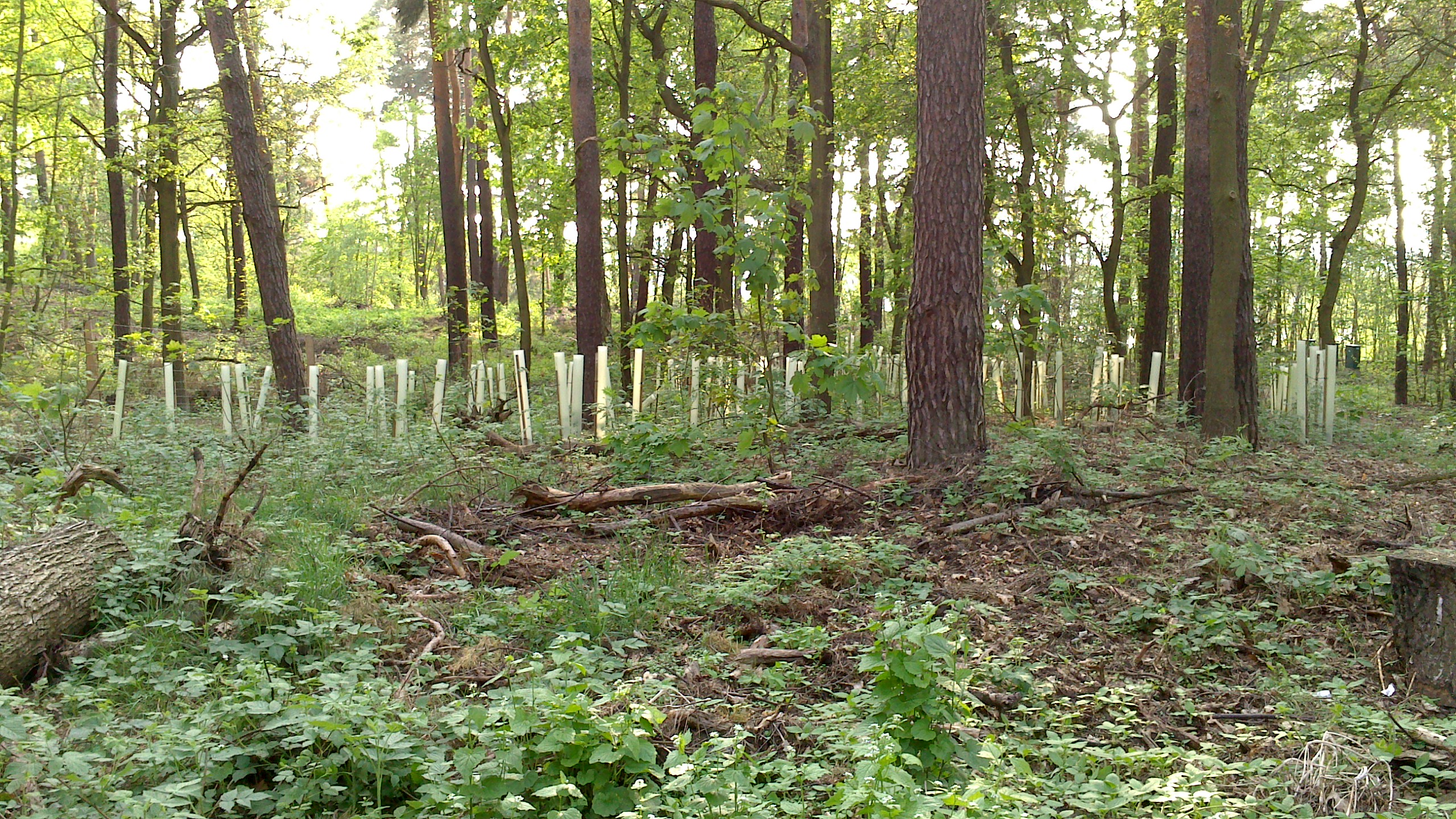
In Berlin, the capital city of Germany, a comprehensive program of converting pine stands into close-to-nature mixed forest is being implemented, thus making the forest more resilient to future climate change effects, for example. (Photo by IUFRO)
As a joke, people used to say: “If you don’t like the weather, just wait a minute. It’ll change.”
Now they say that about the climate – but they’re a lot more serious.
The rapidly changing climate will precipitate related changes throughout nature. And that includes the world’s forests.
Anticipating climate change impacts on forests and adapting policies and management strategies to mitigate those impacts is critical to maintain the health of those forests and, by extension, of the earth.
“Forest management for adaptation to climate change” is the theme of a session being presented at the 24th IUFRO World Congress in Salt Lake City this fall, by Drs. Rodney Keenan of the University of Melbourne, Australia; Carina Keskitalo of Umeå University, Sweden; Kalame Fobissie of the World Wildlife Fund Central Africa, Cameroon; and Guangyu Wang of the University of British Columbia, Canada.
Congress Spotlight #19 – ‘Citizen science’: A way to fight invasive species?
‘Citizen science’: A way to fight invasive species?
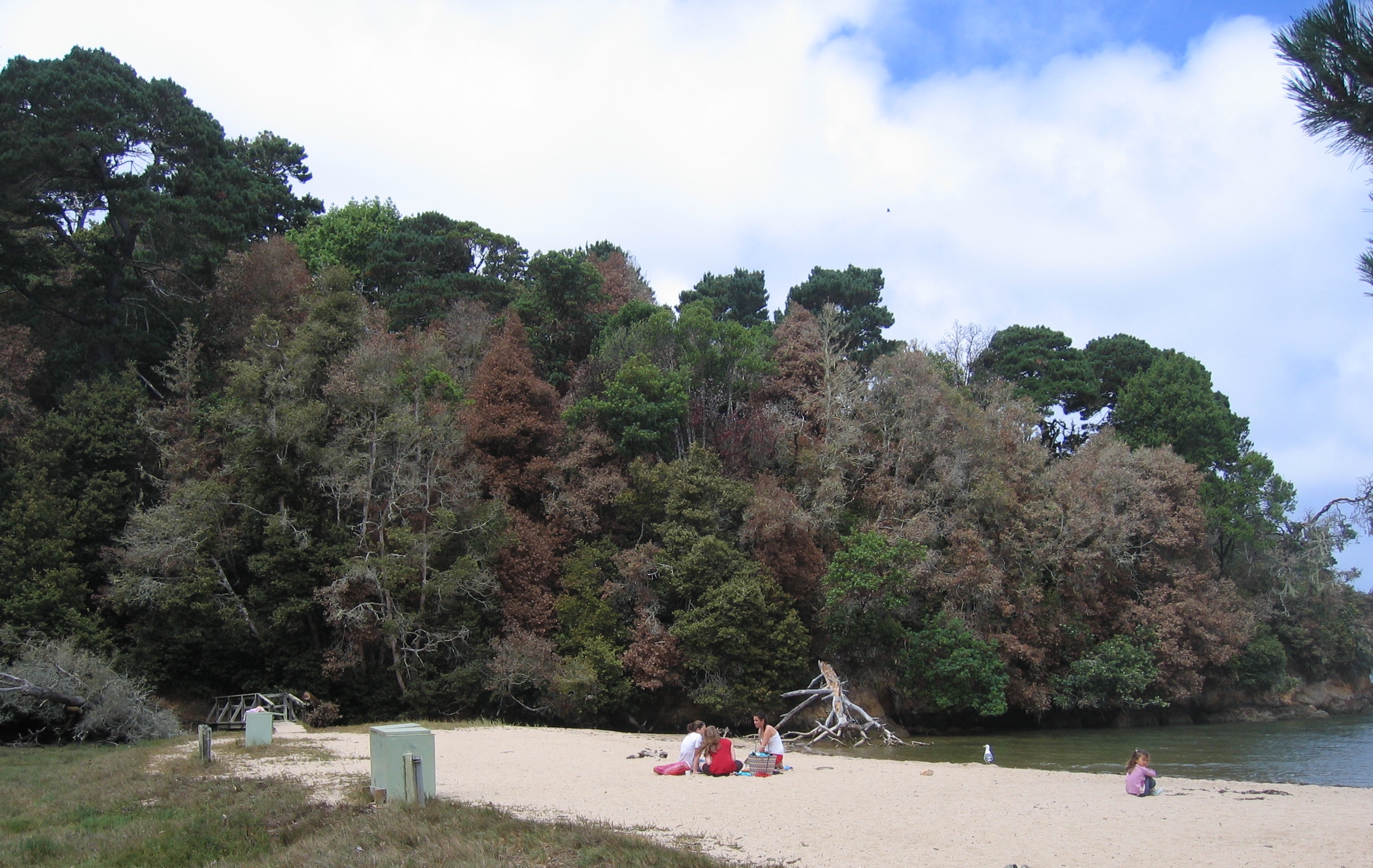
At Shelley Beach, a few miles North of San Francisco, tanoaks and oaks, the most sacred trees to native people of the Northern California coast, have been decimated due to the exotic disease known as Sudden Oak Death (SOD). SOD is thus not only changing the landscape dynamics but also profoundly altering the local culture. (Photo by Matteo Garbelotto)
Invasive species are a threat to forest ecosystems around the world.
No surprise there.
Thousands of invasive flora and fauna have been transported – sometimes by accident, sometimes by design – to different continents and countries. Very often their impact is detrimental to their new region.
But, usually when one thinks of the negative impacts of invasive species, top of mind would be the effect on the economy – for instance, phytophthora dieback, an Asian import, affects the economically important jarrah tree in Australia. Or perhaps one would think of environmental damage, such as the destructive swath cut through the forests of Tierra del Fuego by imported North American beaver, to give just two illustrations of unwanted economic/environmental results.
Congress Spotlight #18 – Consumers and Industry: Keen on Green
Consumers and Industry: Keen on Green
Looking toward the future is enough to make you, ahem, “turn green” with envy.
It’s all about a greener future.
That future and, more specifically, how it relates to the world’s forests will be one of many subjects discussed at the XXIV IUFRO World Congress in Salt Lake City, Utah, this fall.
A session there, entitled Forests and Forest Products for a Greener Future will look at how business and marketing will contribute to that goal.
Organized by Eric Hansen of Oregon State University, Tom Hammett of Virginia Tech and Birger Solberg of the Norwegian University of Life Sciences, it will cover a wide range of business and marketing theory topics that address how products and markets (timber and non-timber) can be expected to contribute to the greening effect.
Congress Spotlight #17 – Forest outlook: What does the future hold?
Forest outlook: What does the future hold?
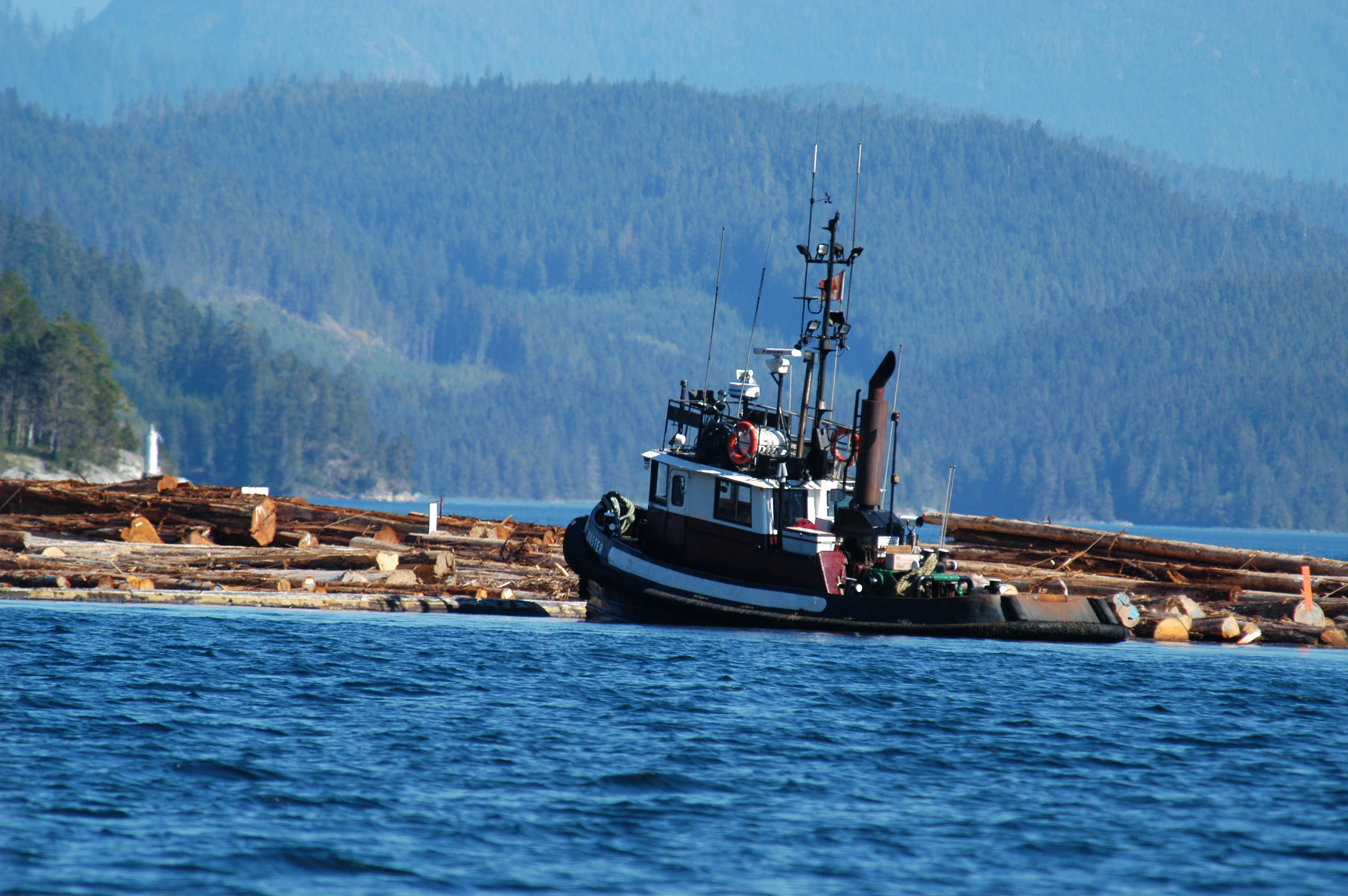
Logs being moved by sea to a sawmill. Major changes in the patterns of demand for logs may result in them being processed in a different country to where they were harvested. (Photo by John Innes)
Forest researchers from around the world will gather at the IUFRO 24th World Congress in Salt Lake City this fall where one of the issues will be to address the future, and the related challenges, facing forests and forest management in the 21st century.
Providing a sort of scientific crystal ball to give glimpses into the years ahead and discuss how to meet and adapt to coming challenges will be a sub-plenary session at the congress entitled, appropriately enough, “The Future of Our Forests”.
Resources for the Future (http://www.iufro.org/science/task-forces/resources-for-future/), the IUFRO Task Force behind this session, has set out to examine four major game-changers – globalization, plantations, new products and forest ecosystem services – and what they mean, and will mean, for forests, forest research and forest-dependent communities.

